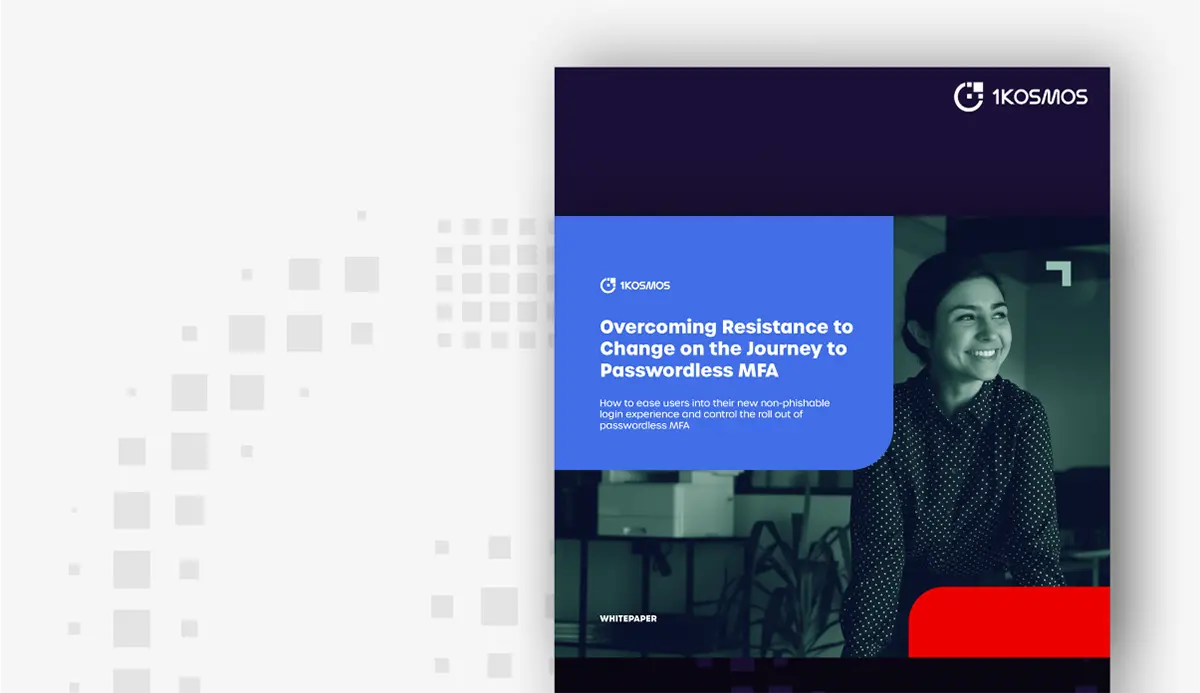The Advantages and Implications of Using Facial Recognition for Identity Verification Pt 2
In my last blog post, I started discussing the implications of identity verification and facial recognition where organizations didn’t consider components of a zero trust architecture. Specifically, I covered the importance of preserving user privacy and facilitating secure access. Both of these previous fundamentals lead me to user experience and identity decisioning bias. These final two elements will move a facial recognition implementation from an add-on to and nice to have, to a trusted secure access environment providing high identity assurance that users want to use. Let’s investigate further.
Let’s face it, biometrics are way more convenient than passwords and one time codes. In surveys, 79% of users preferred 1Kosmos to passwords for logging into the corporate VPN, and 86% preferred it for accessing applications. Why? Because it takes 1Kosmos users little more than a blink and a smile to log in. But, to deliver this level of satisfaction the biometrics need to recognize the user and resist spoofing. Here another certification body called iBeta provides this assurance via their Biometric PAD-2 Liveness certification. In tests, the 1Kosmos platform achieved a false match rate (FMR) of less than 0.1% at 95% confidence interval (in iBeta’s 21 CFR 1311.116 test). Lesser solutions will frustrate users and produce drastically inferior results leading to manual processes and delays.
Finally, let’s discuss Identity Decisioning Bias. This thorny issue arises when a user’s biometric is evaluated by AI algorithms trained on a population that does not properly accommodate diversity. Depending on the identities in the data, the database can be skewed one way or the other. Meaning some users might not be recognized and denied access to services.
First off, let me be clear. At 1Kosmos we don’t do this! At no point in the company’s history have we ever needed to pool data to build so-called “intelligence” into decisioning. The technology available in mobile phone cameras (depth of field) can, with high accuracy, determine if the face in front of it is real. This eliminates the possibility of Identity Decisioning Bias in the 1Kosmos platform. The iBeta tests produced zero false matches in 200 live biometric attempts on iOS and Android devices, validating the reliability of the 1Kosmos platform for accurately performing live biometrics for identity proofing.
I began this post talking about biometrics and passwordless access, and clearly these are capabilities 1Kosmos has brought to market, but they are simply two capabilities of a solution designed for much more. We set out over five years ago to provide users with a private digital identity they could control and allow service providers to authenticate that identity and then know with certainty who has logged onto their network.
In doing this, the architects of our 1Kosmos platform anticipated and addressed the security, privacy, usability, and efficacy challenges to deliver a new form of identity proofing and multi-factor authentication where the user is the authenticator and not some artifact of information such as a one time code. They then accommodated the need for flexible levels of identity assurance so that organizations could tailor controls to the needs of their business.
As the industry moves to an online-first environment and begins to adopt Web 3.0 and zero-trust constructs at scale, we find we have architected a Web 3.0 solution to suit the security needs of organizations today and well into the future.
Are you interested in learning more? Join us for an interactive webinar on March 8th where we will be diving deeper into this topic.
